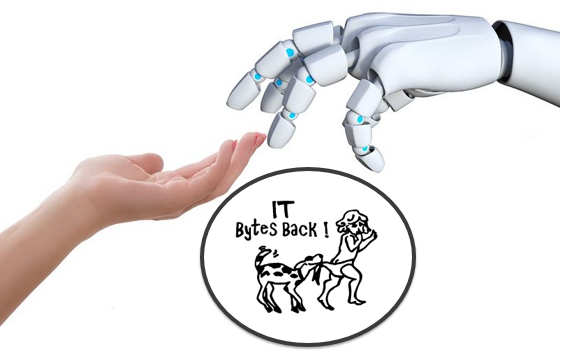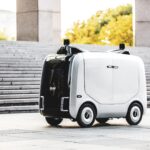When we talk about the coronavirus catalysing use of digital tools and technologies, we mustn’t forget the potential of robotics and automation. There are already some articles out there reporting how robotics technologies are filling the gaps left by workers’ safe distancing.
But there aren’t more reports about robotics, I think because they can be hugely expensive. There also aren’t more stories about robotics, notably because… it was just 5 months ago before the virus outbreak, when there were doubts, worries and concerns about robotics replacing humans at work.
Concerns about use of robots in the workplace was to the extent, that San Francisco considered imposing taxes on robots, according to Wired.
Fast forward to today, when robots and automation could be especially useful for workers to maintain safe distances, and we discover belatedly that robotics and automation are not exactly ready to do so.
Amazon still needs 100,000 human workers for their fulfilment centres because of the e-commerce boom, and Walmart sends over a million workers to man their stores, daily. These are just two examples of areas that still require the human touch.
In one Wired article, there is a paragraph that points out the new reality, “Not every factory or warehouse will be able to use robots. In some ways, the coronavirus crisis has only highlighted how limited most workplace robots still are.”
And these are just the robots being used in factories.
Roboticist and research fellow of Ethics and Emerging Sciences, Julie Carpenter told Wired, “Robots can very successfully augment human activities. They can do the labour we don’t want to do or can’t do, and are especially successful at carrying out tasks that we consider repetitive, boring, or dangerous.”
She adds robots could do repetitive work forever but won’t fare so well with tasks that are human-centred like medicine. Collaborative robots (co-bots) could be relevant in healthcare, by helping with testing and delivering drugs to doctors and nurses. A co-bot is one example of a non-intelligent robot.
But what about other nuanced tasks in healthcare like comforting patients or life and death decisions?
How do you teach ethics to robots? Artificial intelligence has come a long way, but it will be a long time before even artificially intelligent robots replace humans, or humans are are left completely out of the process of decision making.
Limited
Even in factories we’d be hard pressed to find robots and automation working without a human operator. That’s because they lack the ability to sense, respond and adapt to the real world.
Robotics have physical gaps to fill caused by workers creating distance between themselves. But robotics themselves are still lacking in abilities to sense, respond, adapt to the real world. They still need to be programmed to increase their scope of movement, recognise new types of objects, and so on.
On the plus side, there are companies that are leveraging what robotics are capable of today, to help how they can ie. Disinfect areas, enforce social distancing, deliver things within a place of work, and so on.
We can use more of those.
IT BYTES BACK! says: Use of robotics doesn’t seem to be accelerating because of shortcomings it needs to address. When social distancing measures go away, if it ever goes away, people may be more tolerant in their views of the mighty little robot.








